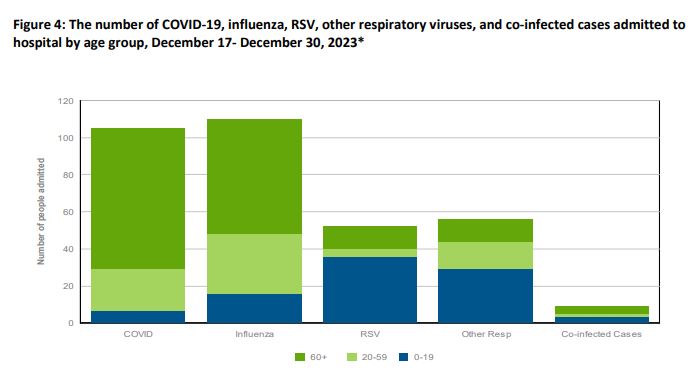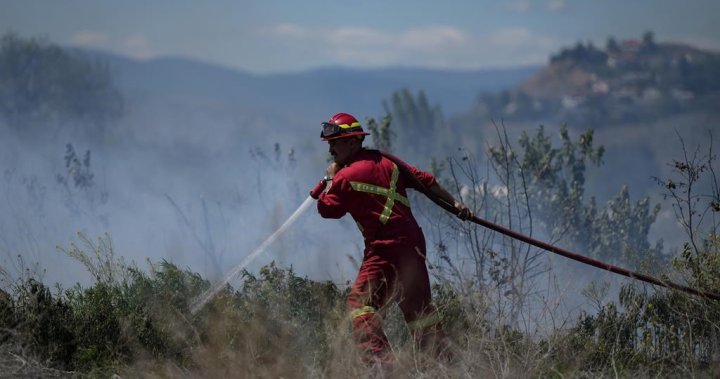A cold and dry winter set the stage for a challenging summer, but rain in May and June helped alleviate many concerns.
However, winter is coming. We don’t want to hear the word, but it brings cooler temperatures and potentially more humidity.
“We came out of an El Nino we had last winter. It was very dry, very warm. Coming into this year, it looks like we’re going to be falling into a La Nina, so essentially a flip, the opposite of El Nino,” said Alysa Pederson, a warning preparedness meteorologist with Environment and Climate Change Canada.
When last winter finally ended, southern Alberta was immediately plunged into drought conditions — partially because a lack of snow runoff meant limited water in reservoirs.

Get breaking National news
For news impacting Canada and around the world, sign up for breaking news alerts delivered directly to you when they happen.
While drought and farming simply do not mix, one expert says a wet spring has provided farmers a good summer despite the low reservoir levels.
“Honestly, this year I wouldn’t consider a drought year. For the most part, here in southern Alberta, we’re pretty close to average accumulated precipitation. Although, we did get a big bulk of that in some early May showers,” said Ken Coles, executive director of Farming Smarter.
“They came honestly at a beautiful time for the crops. We were really dry; we were kind of nervous about going into a significant drought year because last year was dry. This year, we filled up the soil profiles and I think farmers are experiencing average to above-average crops and, you know, can’t complain too much.”
In fact, he says the rain nearly brought too much water for some farmers this year.
“We were pretty close to actually flooding this spring. I think it’s pretty amazing what one inch of water can do if your soil is already full.”
He also says droughts tend to come and go in 10-year cycles and we are nearly at the end of this stint.
This idea is backed up by Environment Canada’s prediction for more snow this year.
“We usually get above-normal precipitation in La Nina winters,” said Pederson.
This, Coles says, will be crucial for irrigation next year.
“Like anything, we’re going to need to have that snowfall this winter to maintain and continue to fill the reservoirs.”
© 2024 Global News, a division of Corus Entertainment Inc.




